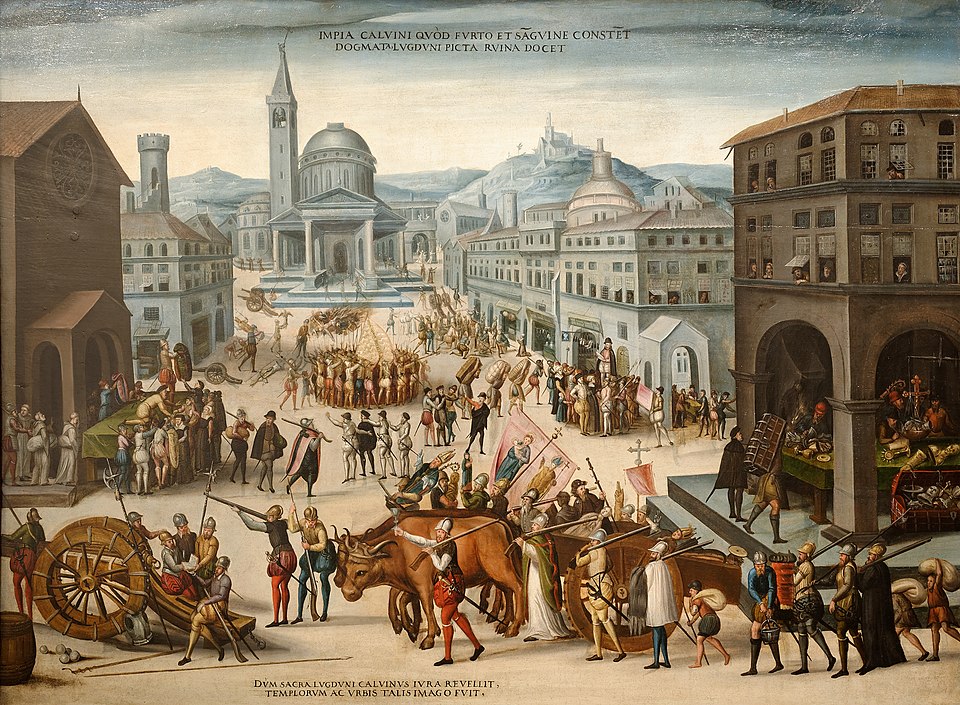CHURCH OF THE HOLY SEPULCHRE: The Holiest Site in Christianity in the World
_1720346545.jpg)
Did you know that the site where the Church of the Holy Sepulchre is built has been recognized since early in the fourth century as the place where Jesus was crucified, buried, and rose from the dead?
The Church of the Holy Sepulchre, also known as the Church of the Resurrection, is a fourth-century church in the Christian Quarter of the Old City of Jerusalem in Israel considered to be the holiest site in Christianity in the world and has been the most important pilgrimage site for Christians since the fourth century.
After the siege of Jerusalem in AD 70 during the First Jewish–Roman War, Jerusalem had been reduced to ruins. In AD 130, the Roman emperor Hadrian began the building of a Roman colony, the new city of Aelia Capitolina, on the site. About AD 135, he ordered that a cave containing a rock-cut tomb be filled in to make a flat foundation for a temple dedicated to Jupiter or Venus. The temple remained until the early fourth century.
After seeing a vision of a cross in the sky in 312, Constantine the Great began to favour Christianity and signed the Edict of Milan legalizing the religion. The Bishop of Jerusalem Macarius asked Constantine for permission to dig for the tomb. With the help of Eusebius (a Bishop of Caesarea) and Macarius, three crosses were found near a tomb; one, which was said to have cured people of death, was presumed to be the True Cross, on which Jesus was crucified, leading the Romans to believe that they had found Calvary.
About 326, Constantine ordered that the temple to Jupiter or Venus be replaced by a church. After the temple was torn down and its ruins removed, the soil was removed from the cave, revealing a rock-cut tomb that Macarius identified as the burial site of Jesus.
The Church of the Holy Sepulchre, planned by the architect Zenobius, was built as separate constructs over two holy sites: a rotunda called the Anastasis ('Resurrection'), where Macarius believed Jesus to have been buried, and; the great basilica (also known as Martyrium), across a courtyard to the east (an enclosed colonnaded atrium, known as the Triportico) with the traditional site of Calvary in one corner.
The Church of the Holy Sepulchre site has been recognized since early in the fourth century as the place where Jesus was crucified, buried, and rose from the dead. The church was consecrated on 13 September 335 and is a part of the UNESCO World Heritage Site Old City of Jerusalem.
In earlier times, the site was used as a Jewish burial ground, upon which a pagan temple was built. The church and rotunda, built under Constantine in the 4th century and destroyed by al-Hakim in 1009, were later reconstructed with modifications by Emperor Constantine IX Monomachos and the Crusaders, resulting in a significant departure from the original structure. The tomb itself is enclosed by a 19th-century shrine called the Aedicule.
Within the church proper are the last four stations of the Cross of the Via Dolorosa, representing the final episodes of the Passion of Jesus. The church has been a major Christian pilgrimage destination since its creation in the fourth century, as the traditional site of the resurrection of Christ, thus its original Greek name, Church of the Anastasis ('Resurrection').
The Status Quo, an understanding between religious communities dating to 1757, applies to the site. Control of the church itself is shared among several Christian denominations and secular entities in complicated arrangements essentially unchanged for over 160 years, and some for much longer. The main denominations sharing property over parts of the church are the Roman Catholic, Greek Orthodox, Armenian Apostolic, Coptic, Syriac, and Ethiopian Orthodox churches.
SOURCE: Wikipedia
#penglobalhistory #ChurchoftheHolySepulchre



